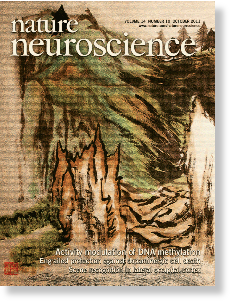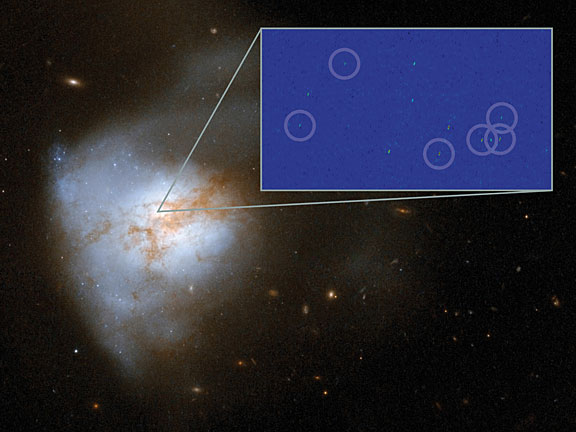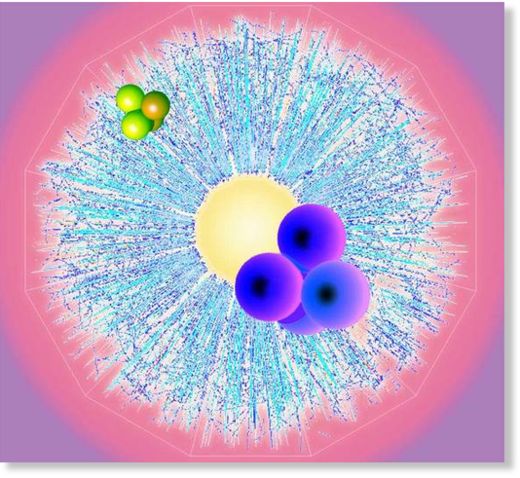
Johns Hopkins scientists investigating chemical modifications across the genomes of adult mice have discovered that DNA modifications in non-dividing brain cells, thought to be inherently stable, instead underwent large-scale dynamic changes as a result of stimulated brain activity. Their report, in the October issue of Nature Neuroscience, has major implications for treating psychiatric diseases, neurodegenerative disorders, and for better understanding learning, memory and mood regulation.
Specifically, the researchers, who include a husband-and-wife team, found evidence of an epigenetic change called demethylation - the loss of a methyl group from specific locations - in the non-dividing brain cells' DNA, challenging the scientific dogma that even if the DNA in non-dividing adult neurons changes on occasion from methylated to demethylated state, it does so very infrequently.










